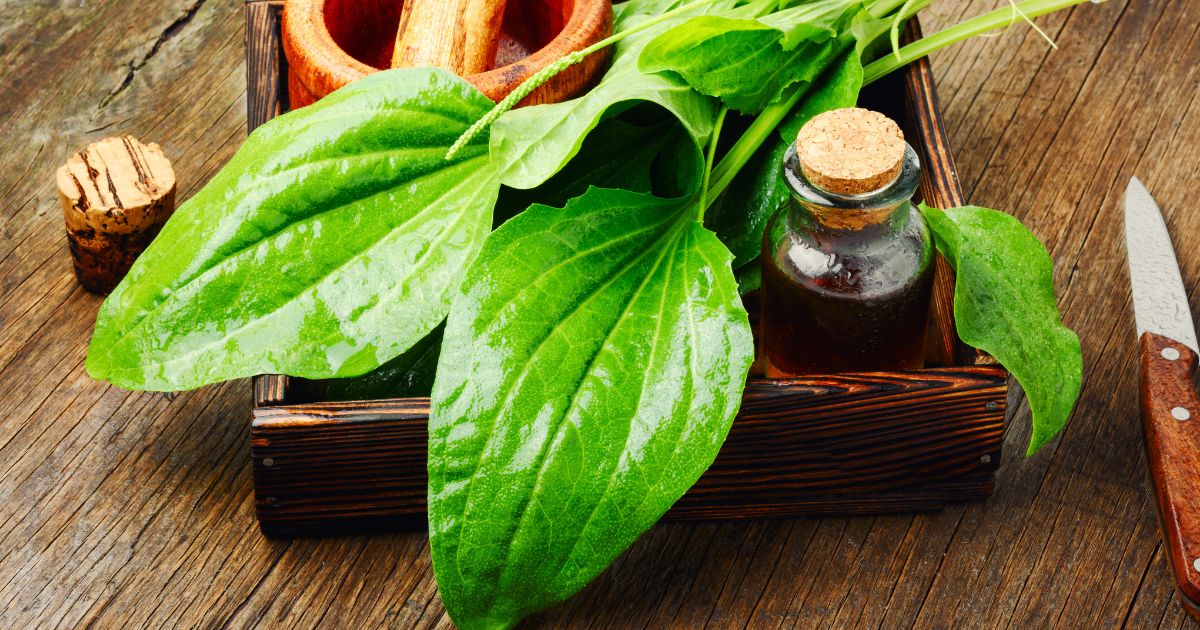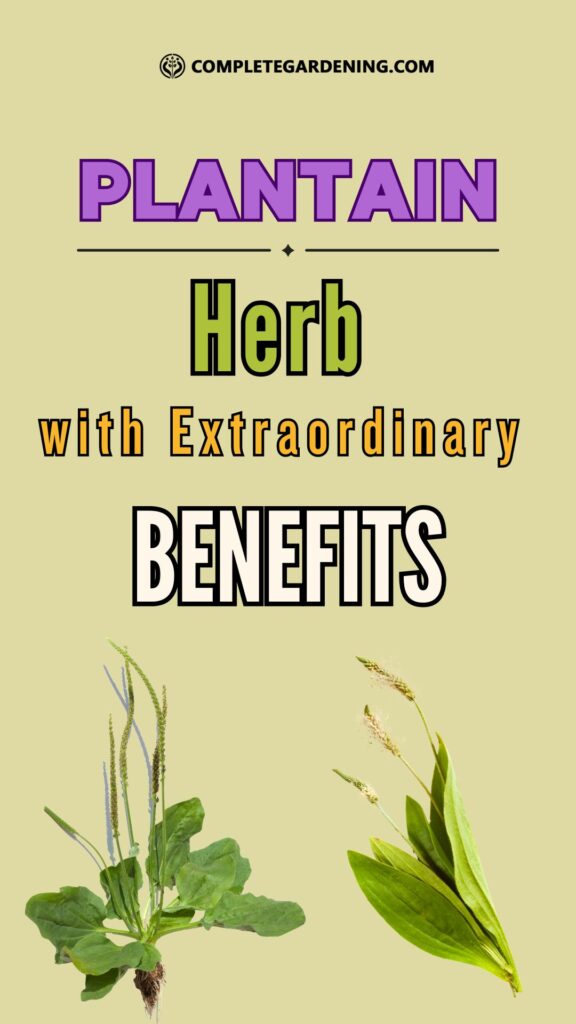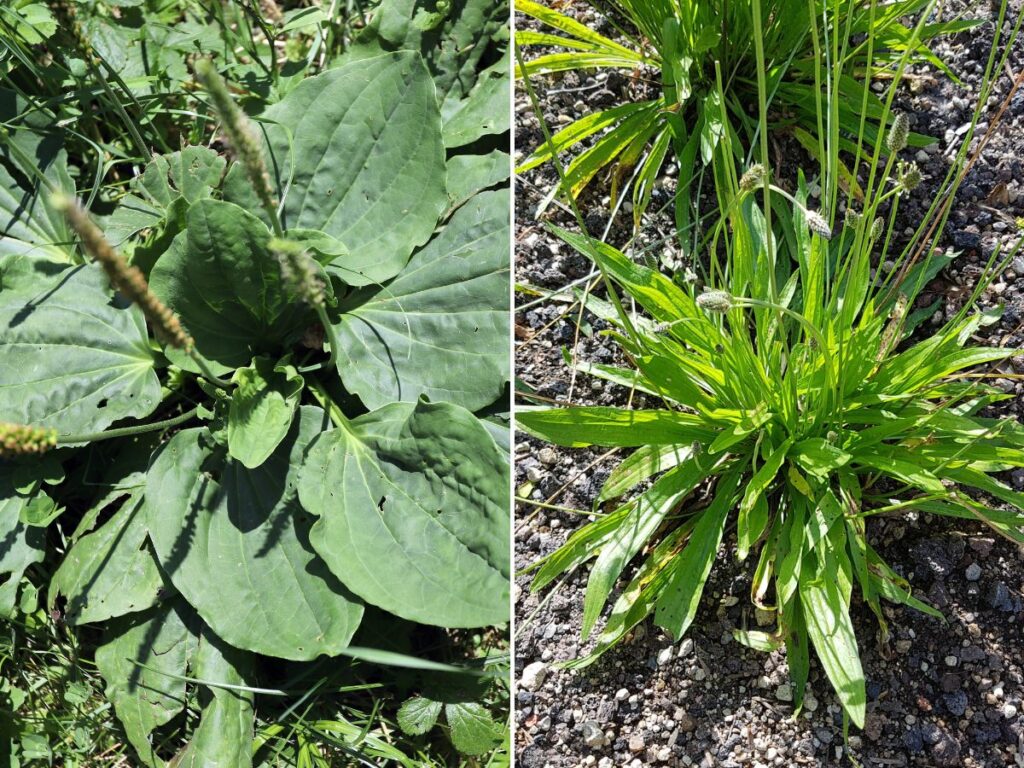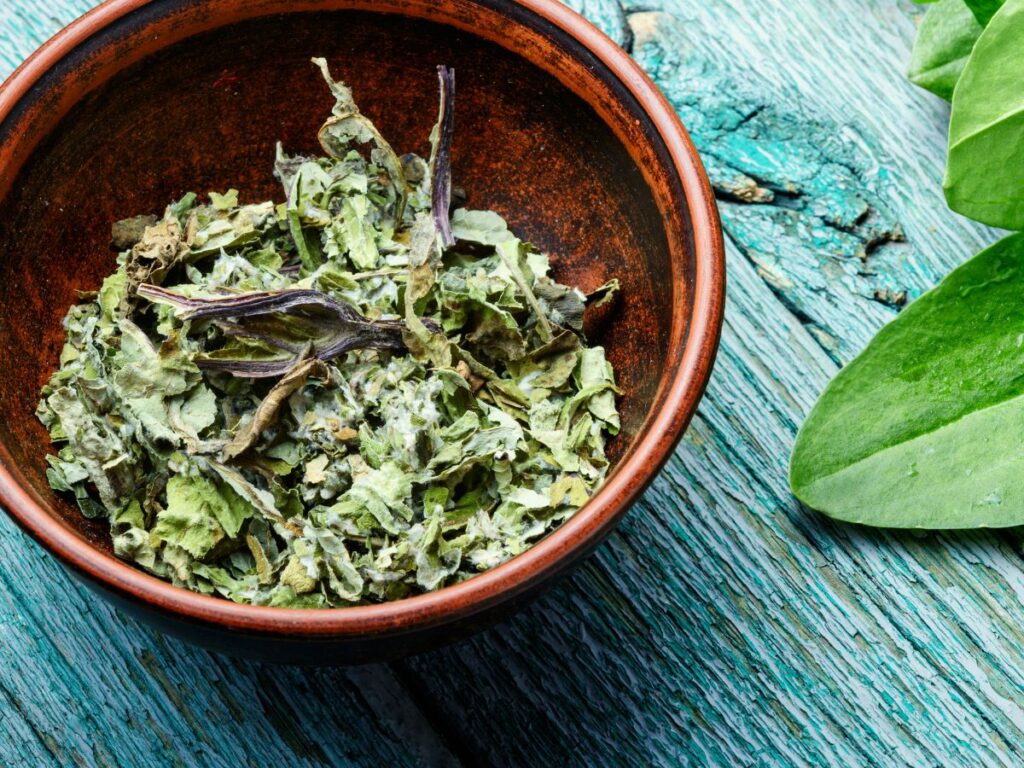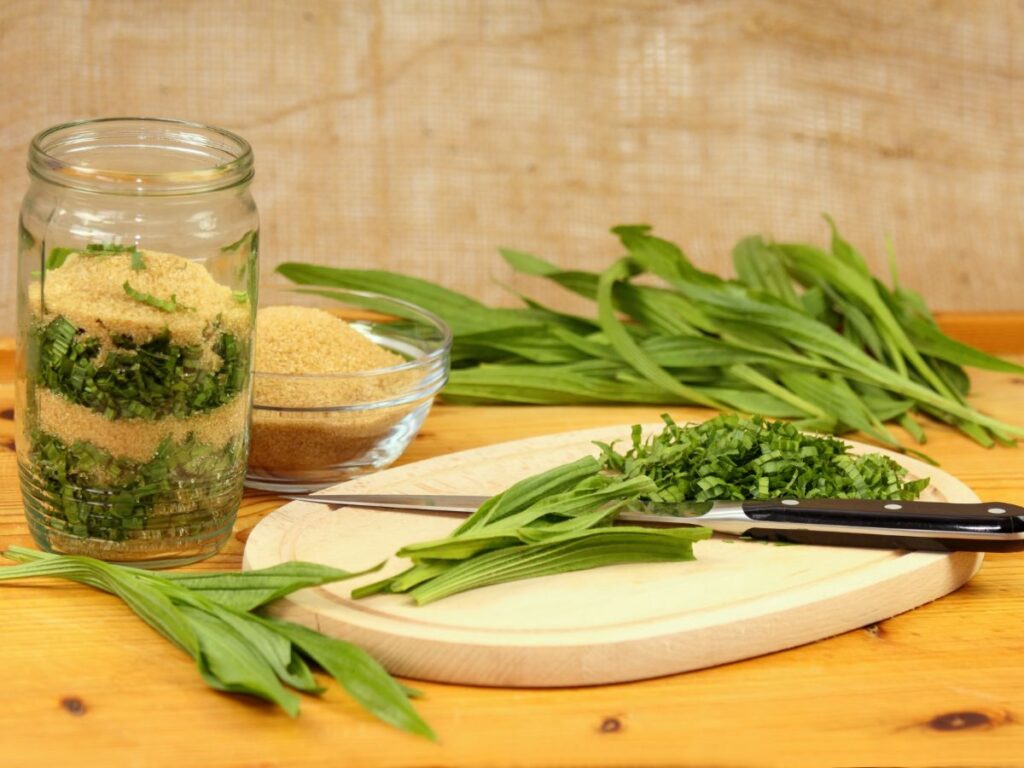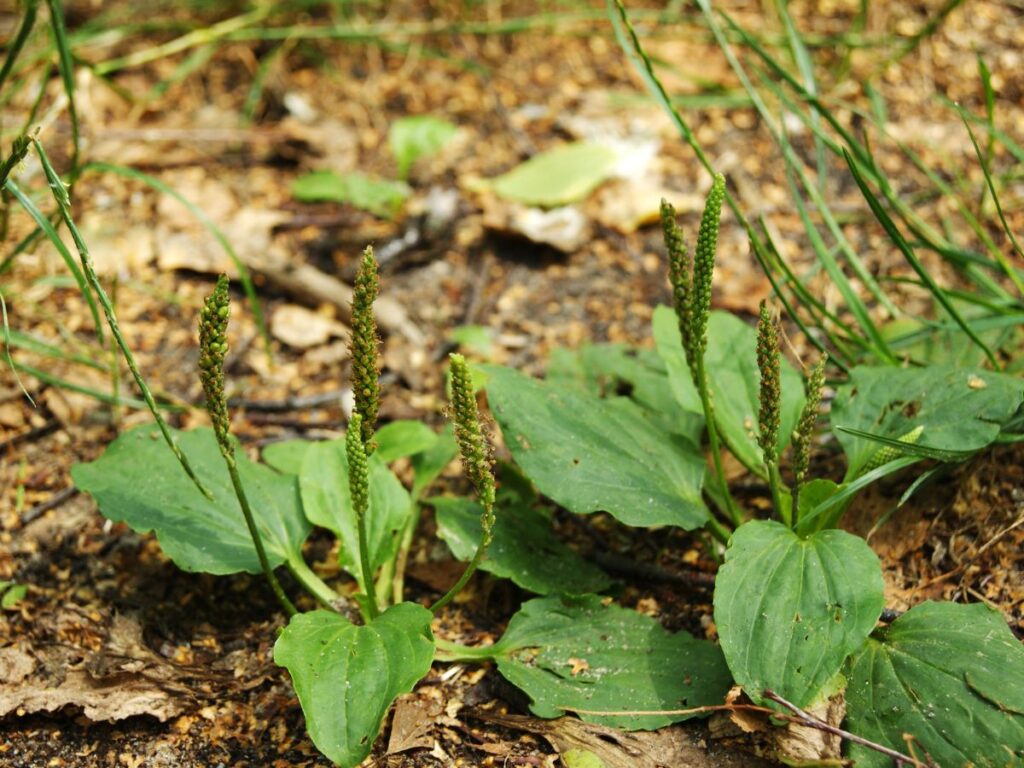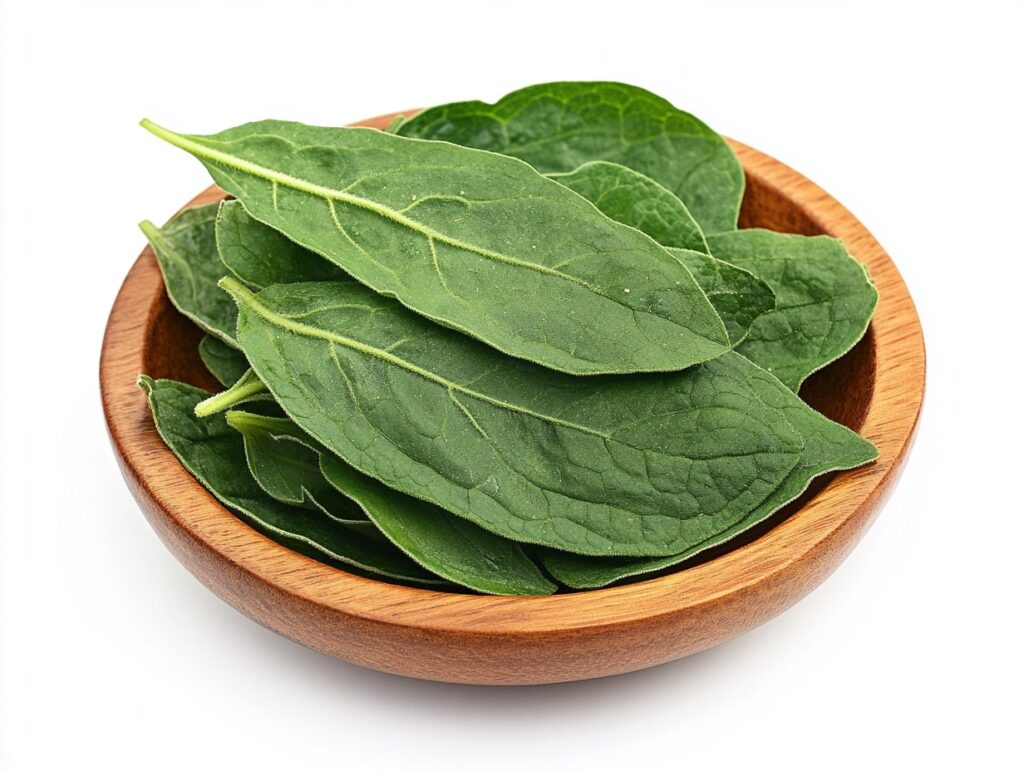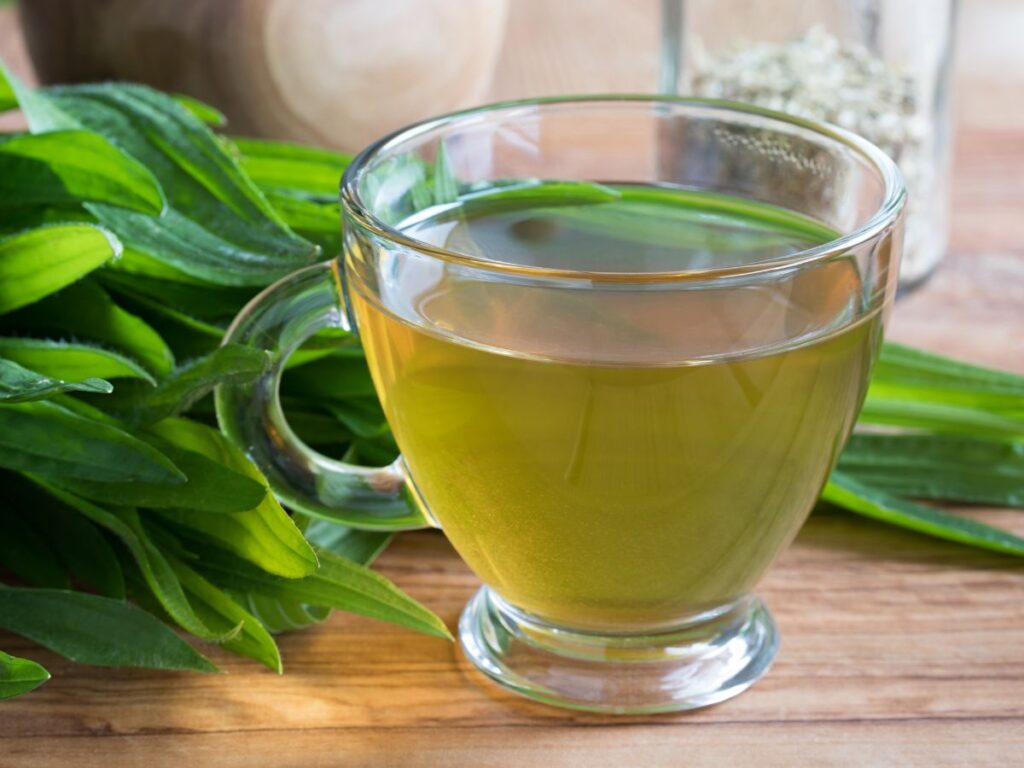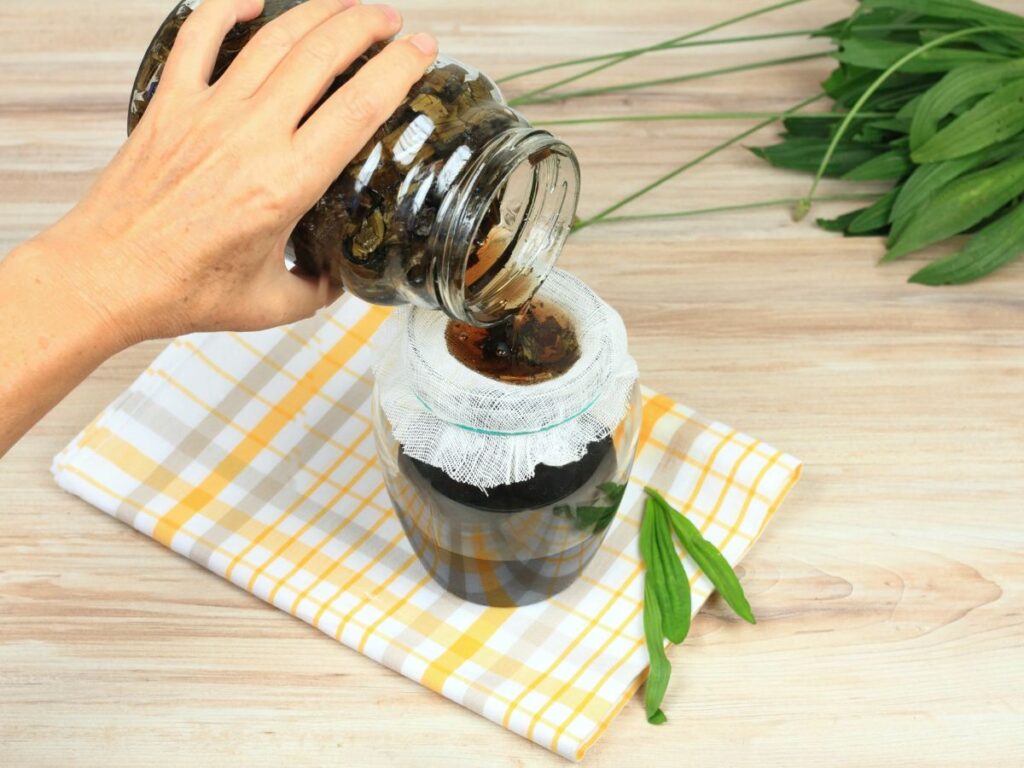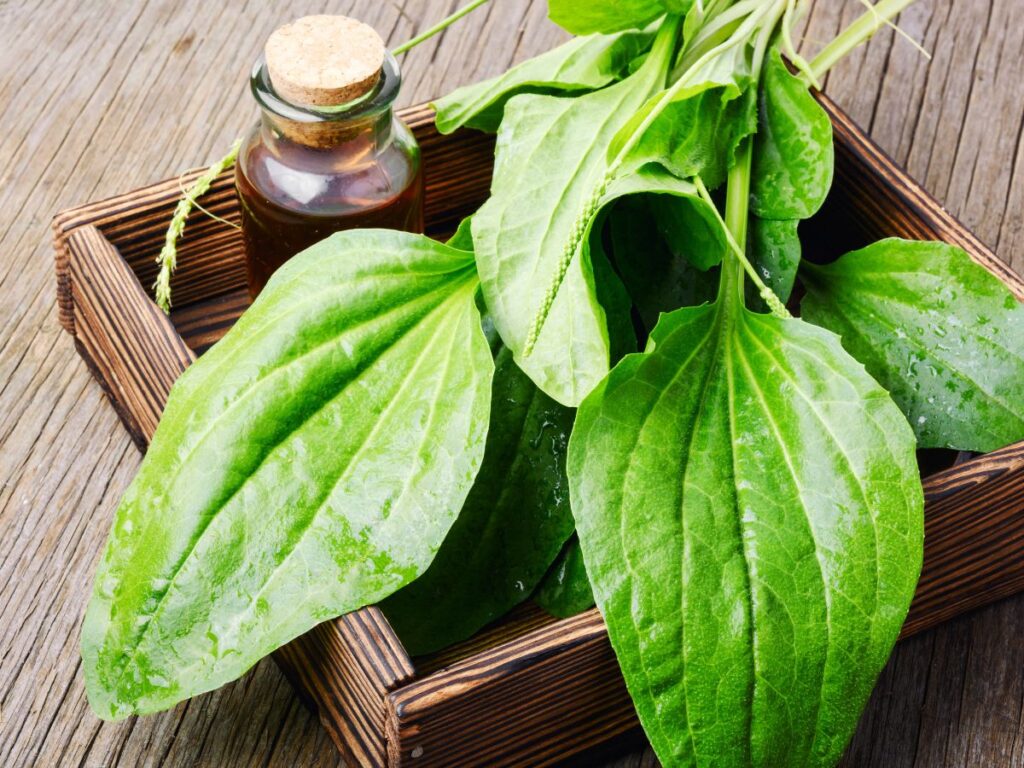If you’ve ever strolled through a field or even your backyard, there’s a good chance you’ve passed by a plant with extraordinary healing properties: plantain. Often mistaken as a mere weed, this humble plant has been used for centuries in traditional medicine.
Plantain is known for its anti-inflammatory and antimicrobial properties, making it a natural remedy for a variety of ailments.
Imagine being able to carry your own small first-aid kit right in your pocket. With plantain, you can. From soothing irritated skin to healing wounds, this versatile herb can provide relief in many ways.
Explore how incorporating plantain into your life can benefit your health and wellness journey.
Whether you’re an experienced herbalist or a curious newcomer, the wonders of plantain are accessible to all.
Uncover how this wild medicinal herb can become an essential part of your natural health toolkit. The journey to a greener lifestyle starts with understanding the power of the plants around you.
Identifying Plantain
Plantain is a versatile herb with medicinal properties. Recognizing different varieties and knowing their habitats can help in properly identifying this useful plant.
Common Varieties
When exploring plantain, you’ll likely come across the most common types: broadleaf (Plantago major) and narrowleaf (Plantago lanceolata). Broadleaf plantain has wide, rounded leaves with noticeable parallel veins. These leaves grow close to the ground, forming a rosette pattern.
Narrowleaf plantain, on the other hand, features slender, lance-shaped leaves. They also display pronounced veins and form similar rosettes. Both types produce flower spikes, although they differ slightly in their appearance.
Knowing these characteristics helps distinguish plantain from other plants and ensures you’re picking the right herb.
Habitats and Growing Conditions
You’ll find plantain thriving in various environments. This adaptable plant often grows in lawns, gardens, fields, and even cracks in sidewalks. It prefers well-drained soil, though it can tolerate compacted ground conditions. With a penchant for sunlight, plantain flourishes in open, sunny spots.
Despite its love for sun, plantain manages to grow in shady areas too. Moisture is not a necessity, as the plant can withstand dry spells. Recognizing these growing conditions makes locating plantain easier and increases your chances of discovering this herb in your surroundings.
Historical Uses of Plantain
For centuries, plantain has been cherished not only for its medicinal attributes but also for its culinary versatility. Its leaves have been used in various remedies, while its seeds and other parts have found their way into traditional dishes and concoctions.
Traditional Medicine
In many cultures, plantain has a rich history of usage in traditional medicine. Native American tribes used it to soothe snake bites and insect stings. European herbalists relied on it for treating wounds and skin inflammation.
Plantain leaves contain compounds like aucubin, which traditional healers believed aid in reducing inflammation. Poultices made from crushed leaves have historically been a go-to remedy for cuts and bruises.
Ancient texts suggest its use in reducing fever and even as a mild laxative. These practices highlight the broad trust placed in plantain as a go-to herb for simple health issues.
Culinary Uses
Beyond medicine, plantain found its place in historic kitchens. In various regions, its young leaves were often incorporated into salads and soups. They offer a slightly bitter flavor, reminiscent of spinach.
Indigenous peoples and early settlers recognized its nutritional value, often using it alongside other greens.
The seeds, sometimes ground into flour, were utilized in baking. This gave bread an earthy taste and a subtle nutty aroma.
While not as popular in modern cuisines, a few herbalists and culinary enthusiasts still explore plantain in innovative dishes today, honoring long-standing traditions.
Modern Research on Plantain
Research into plantain has uncovered its rich profile of active compounds and the results of various clinical studies. Scientists are exploring the potential health benefits, safety, and effectiveness of this versatile herb.
Active Compounds
Plantain is packed with several active compounds that contribute to its medicinal properties. Aucubin is notable for its anti-inflammatory and antibacterial effects. Allantoin promotes skin healing, making it a common ingredient in skincare products.
Mucilage is another important component found in plantain. It soothes irritated tissues and offers relief from coughs and sore throats. The combination of these compounds makes plantain a valuable herb in both traditional and modern medicine.
In addition, plantain contains vitamins C and K. These vitamins support immune function and aid in skin repair. Phytochemicals like flavonoids and tannins present in the leaves may enhance antioxidant activity, which helps combat oxidative stress in the body.
Clinical Studies
Clinical studies are shedding light on plantain’s therapeutic potential. It has been examined for its wound-healing abilities, especially in topical applications. Trials have shown that plantain extract can speed up the healing process for cuts and bruises, with its soothing and protective qualities.
Other research has focused on its use in respiratory health. Plantain extracts have demonstrated the ability to alleviate symptoms of asthma and respiratory infections in some patients.
Studies are also investigating its usage in gastrointestinal health, examining how it may help soothe ulcers and reduce irritation.
Continued research is paving the way for broader applications of plantain in medical treatments. This work highlights the importance of plantain as a natural aid in health and wellness.
Health Benefits of Plantain
Plantain, a versatile medicinal herb, offers remarkable benefits related to wound healing, digestive health, and respiratory relief. This natural remedy holds a significant place in traditional medicine with its potent properties.
Wound Healing
You might find plantain leaves especially helpful for treating minor wounds and insect bites. Their anti-inflammatory and antibacterial properties help reduce swelling and prevent infection.
Plantain is rich in allantoin, which accelerates healing by promoting cell growth and tissue regeneration.
Applying crushed or macerated leaves directly to the skin can provide soothing relief. In some cultures, people create poultices or salves from the leaves to use as a natural bandage.
This quick, accessible method helps wounds maintain moisture, supporting faster recovery. Keeping plantain in your home could be a simple and effective addition to minor first-aid care.
Digestive Health
For digestive concerns, plantain is known to aid in soothing the stomach. You can benefit from its mucilage, which coats the lining of your gut, offering protection against irritation. This is particularly useful for conditions like diarrhea and irritable bowel syndrome.
Some people enjoy drinking plantain tea made from the leaves to alleviate stomach discomfort. Another way is incorporating fresh or dried leaf extracts into smoothies or salads.
They provide gentle support for your digestive tract. Regular consumption may help balance gut flora, maintaining a healthy digestive environment.
Respiratory Relief
Plantain acts as a natural expectorant, making it valuable for respiratory issues. You can find relief from coughs and colds by incorporating plantain into your routine. It helps loosen mucus, making it easier for you to expel it and clear your airways.
Creating a tea or syrup from plantain leaves may alleviate throat irritation and soothe cough symptoms. Its emollient properties contribute to reduced inflammation in the respiratory tract.
For those battling respiratory discomfort, plantain offers a natural and gentle option to support respiratory health during such times.
Incorporating Plantain into Your Diet
Plantain is a versatile herb known for its health benefits. It can be integrated into meals through simple recipes or supplements, but proper consumption and dosing are important for safety.
Recipes and Preparation
You can eat plantain leaves fresh or cooked. Fresh leaves complement salads for a nutrient boost. Just wash them well, chop, and toss with your favorite greens.
Cooked plantain leaves work well in soups and stews. Sauté them with a bit of olive oil, garlic, and onion for a tasty side dish. Try adding them to your favorite smoothie as well.
A simple infusion of dried leaves in hot water creates a soothing tea. These are just a few easy ways to bring plantain into your kitchen.
Dosage and Safety
Plantain is generally safe in moderate amounts. Fresh leaves can be eaten daily in small quantities. If using dried leaves or supplements, follow recommended dosages on packaging or consult a healthcare provider. Large doses could cause digestive issues, so start gradually.
Allergic reactions are rare but possible. If you’re new to consuming plantain, try a small amount first. Pregnant or nursing individuals should consult a healthcare provider before adding plantain to their diet. Always prioritize safety and listen to your body’s cues.
The humble plantain is more than a weed; it’s a testament to nature’s generosity and a symbol of overlooked potential. By rediscovering its properties and benefits, we reconnect with ancient wisdom and embrace a more sustainable, mindful way of living.
In a broader sense, the plantain teaches us to question our assumptions about value and utility. It invites us to look closely at the familiar, to find wonder in the mundane, and to appreciate the resources that surround us.
Perhaps the next time we see this resilient plant pushing through a sidewalk crack or sprawling across a lawn, we’ll pause and recognize it for what it truly is—a gift waiting to be unwrapped.
